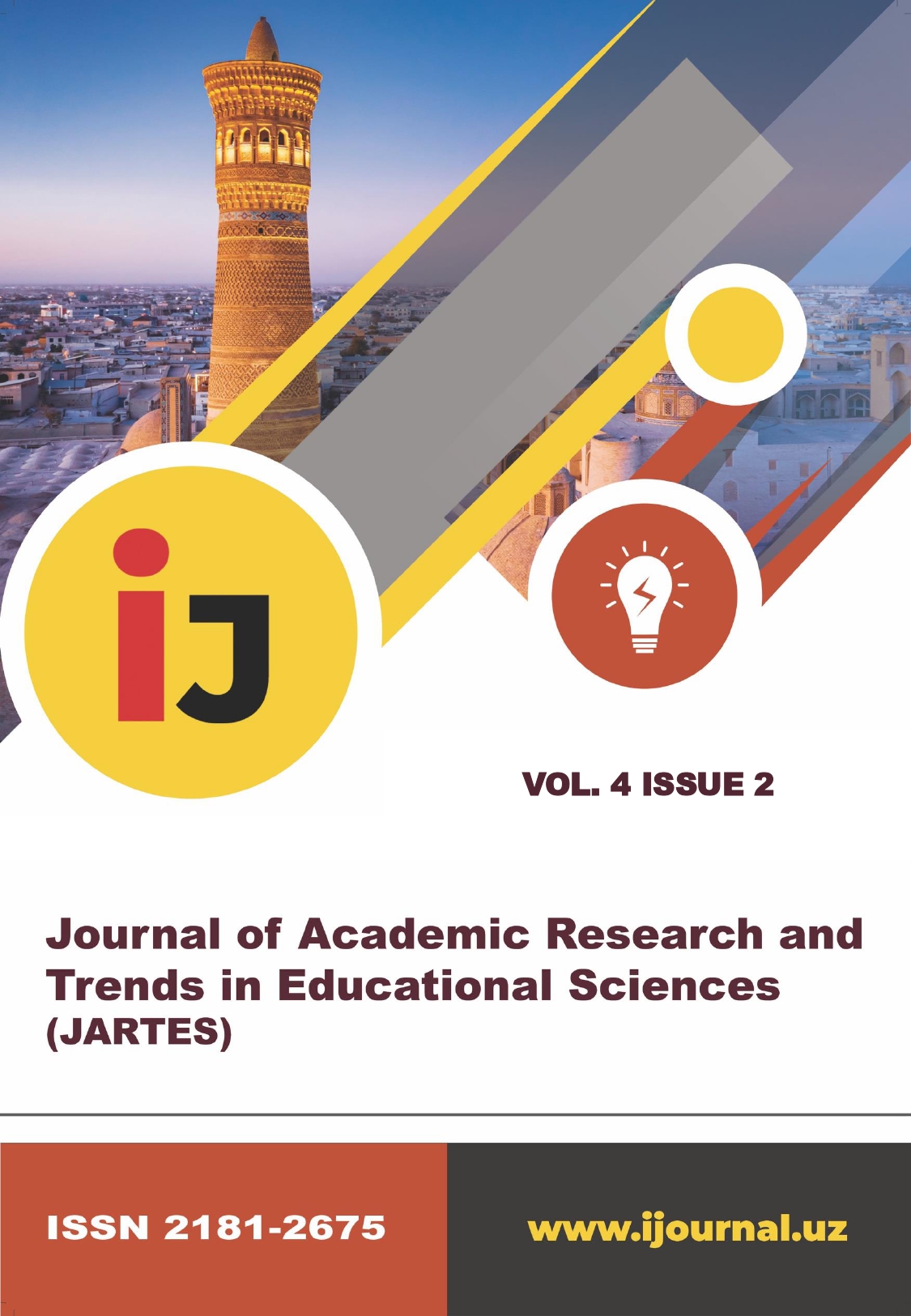PRODUCT EXTENSION STRATEGIES IN THE CONTEXT OF THE BUSINESS CYCLE, USING RED BULL AS A CASE STUDY
Keywords:
Business cycle, Product extension, Strategic innovation, Consumer behavior, Brand diversification, Sustainability, Global marketingAbstract
This paper examines product extension as a key strategy within the business cycle, using Red Bull as a case study. It highlights how the brand adapts through innovation, health-focused offerings, and localized products to stay competitive. Red Bull’s approach demonstrates how product extension can sustain growth, meet evolving consumer needs, and maintain market relevance.
References
1. Kotler, P., & Keller, K. L. (2016). Marketing Management (15th ed.). Pearson Education.
2. Aaker, D. A. (2011). Brand Relevance: Making Competitors Irrelevant. Jossey-Bass.
3. Grant, R. M. (2019). Contemporary Strategy Analysis (10th ed.). Wiley.
4. Red Bull GmbH. (2023). Company profile and product innovation. Retrieved from https://www.redbull.com
5. Euromonitor International. (2022). Energy Drinks in Global Markets: Trends and Forecasts.
6. Harvard Business Review. (2020). How Companies Can Win with Product Line Extensions. Retrieved from https://hbr.org
7. NielsenIQ. (2021). What Consumers Want from Beverages in a Health-Conscious World. Retrieved from https://nielseniq.com
Published
Issue
Section
License
Copyright (c) 2025 Fayoz Fayzullaev

This work is licensed under a Creative Commons Attribution-NonCommercial-NoDerivatives 4.0 International License.
All Rights Reserved.





